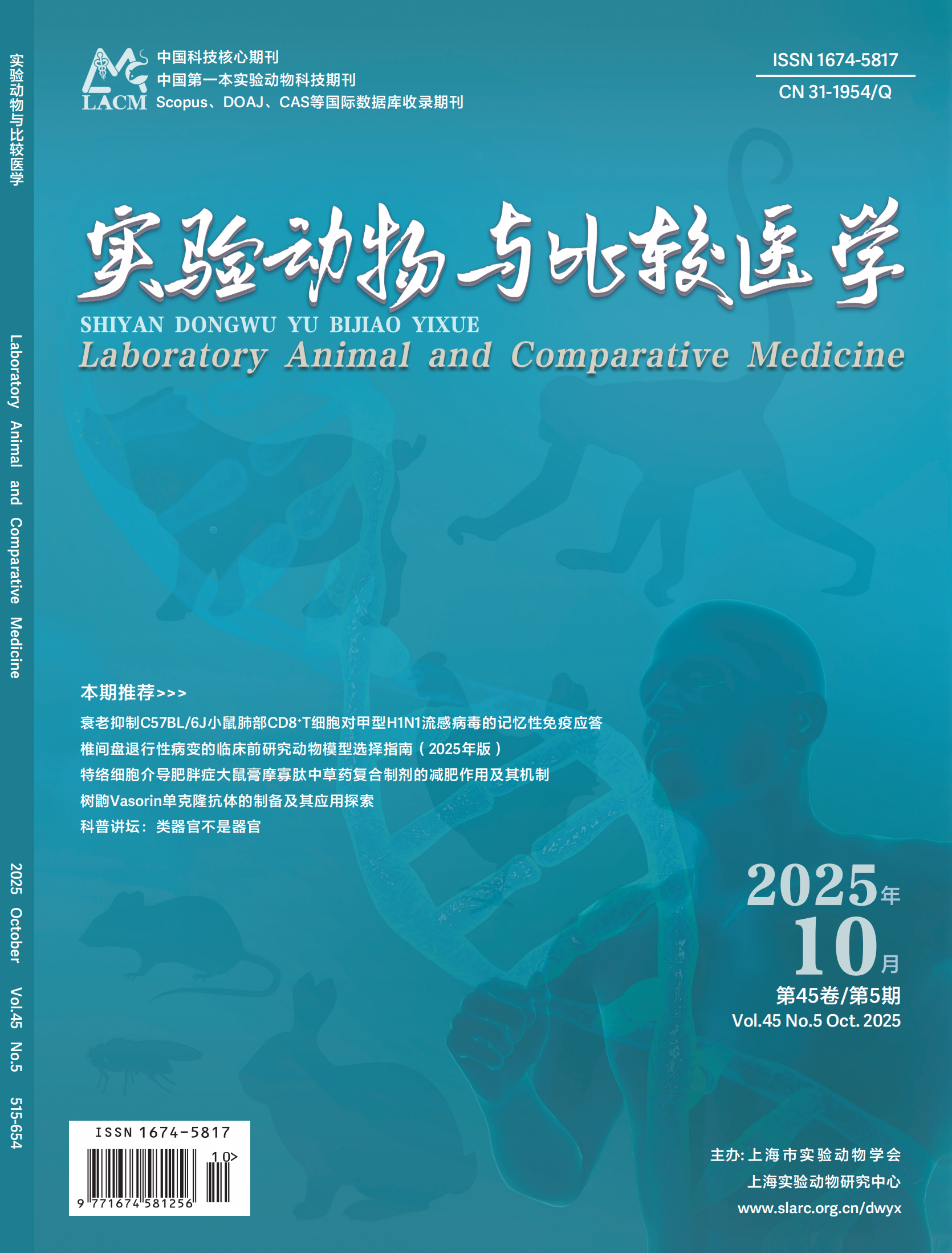Objective Xenotransplantation is an effective way to address the shortage of human organ donors, but it faces serious immune rejection reactions, including hyperacute rejection caused by blood type differences. Establishing a stable, convenient, and reliable method for pig blood type identification can quickly screen suitable donor pigs for xenograft research. Methods Banna miniature inbred pigs, Diannan small eared pigs, and Bama Xiang pigs were selected as the research objects. DNA was extracted from the blood, oral buccal mucosa, and fetal fibroblasts of the three strains of pigs using DNA extraction kits. The target fragment of the ABO homologous gene EAA intron 7 in pigs was amplified using PCR method. Blood agglutination reaction was used to detect hemolysis in pig anterior vena cava whole blood after adding anti A and B antibodies. Immunohistochemical method was used to detect the expression level of A antigen in pig heart, liver, spleen, lung, and kidney tissues. Immunofluorescence method was used to detect the expression level of A antigen in pig oral mucosa. By comparing the results of different methods for determining pig blood types, the stability and reliability of the PCR method were verified, and a convenient PCR based pig blood type identification method was established. Results Firstly, the blood PCR results of 69 inbred strains of Banna miniature pigs, 7 Diannan small eared pigs, and 34 Bama Xiang pigs showed 20 AO blood types, 66 AA blood types, and 24 O blood types. The PCR results of fetal fibroblasts from 47 Diannan small eared pigs showed that all 47 fetuses were O blood type. Among them, the oral mucosal PCR results of 8 gene edited cloned pigs were consistent with those of donor fetal fibroblasts, all of which were O blood type. The oral mucosal PCR results of 8 wild-type pigs (2 inbred lines of Banna miniature pigs, 4 Diannan small eared pigs, and 2 Bama Xiang pigs) were consistent with the blood PCR identification results. Then, 11 inbred lines of Banna miniature pigs, 4 Diannan small eared pigs, and 2 Bama Xiang pigs were randomly selected for blood agglutination reaction validation, and the results were consistent with the PCR identification results of both blood samples and oral mucosa samples. Moreover, immuno-histochemical analysis was performed on the heart, liver, lung, kidney, and spleen tissues of one Banna miniature pig inbred line and two Bama Xiang pigs, and the results were consistent with blood PCR identification and blood agglutination reaction results. Finally, oral mucosal samples were collected from 2 inbred strains of Banna miniature pigs and 1 Bama Xiang pig for immunofluorescence detection, and the results were consistent with the blood PCR identification results. Conclusion By collecting fetal cells and oral mucosal samples from live pigs for PCR detection, the blood type of pigs can be accurately and efficiently identified, providing a convenient method for blood type screening of xenograft donor pigs.

